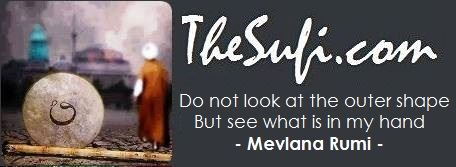Famous Islamic Calligraphers: The Artistry of Script from the Middle East to India and Pakistan
Famous Islamic Calligraphers: The Artistry of Script from the Middle East to India and Pakistan
Islamic calligraphy holds a prominent place in the realm of artistic expression, embodying the beauty and reverence of the written word. Throughout history, numerous talented calligraphers have emerged from various regions, particularly the Middle East, India, and Pakistan. Their masterful strokes and intricate designs have left an indelible mark on the world of calligraphy, showcasing the diverse styles and fonts that make this art form so captivating. In this article, we will explore the works of several famous Islamic calligraphers and delve into the distinctive features of their respective styles.
-
Ibn Muqla (Middle East, 10th century)
Ibn Muqla, an influential calligrapher from the Abbasid era, is credited with developing the system of proportionate calligraphy known as “al-khatt al-mansub.” This method standardized the proportion and shape of each letter, creating a harmonious and balanced script. His legacy inspired many calligraphers in the Middle East, including the esteemed master Ibn al-Bawwab.
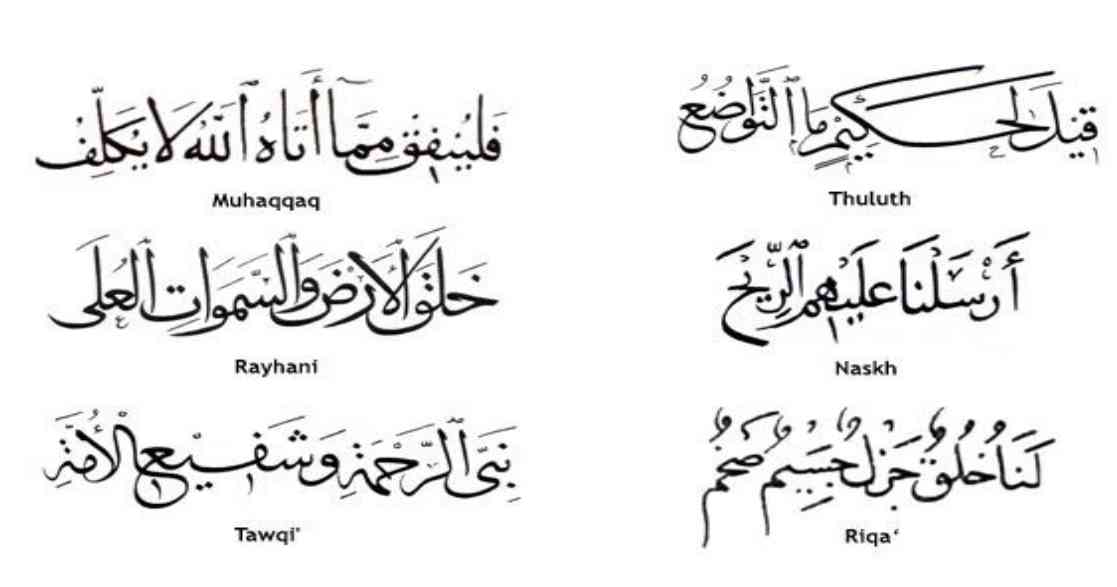
Ibn Muqla Calligraphy
2. Ibn al-Bawwab (Middle East, 10th-11th century)
Ibn al-Bawwab, a pupil of Ibn Muqla, further refined the art of calligraphy. He is renowned for his mastery of the “Muhaqqaq” script, characterized by its elongated and elegantly curved letters. This style gained immense popularity during the Abbasid period and continues to be admired for its fluidity and grace.
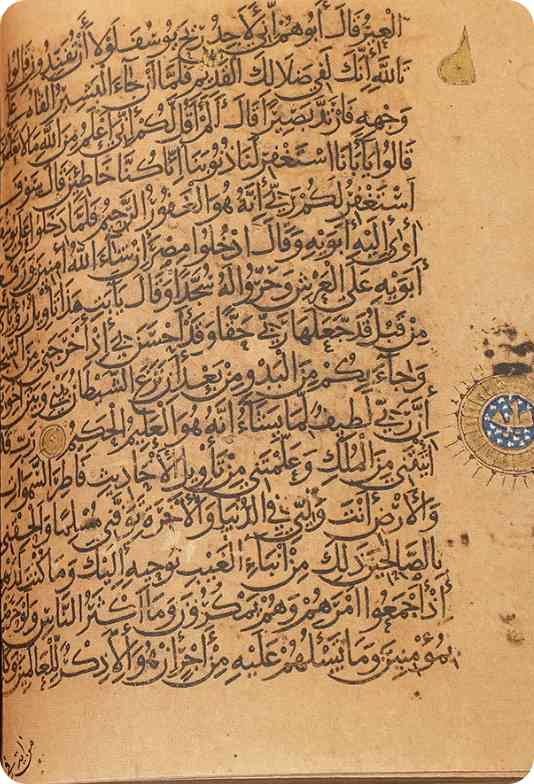
Ibn al-Bawwab – Calligraphy
3. Mir Ali Tabrizi (Iran, 14th century)
Moving to Iran, we encounter the mesmerizing works of Mir Ali Tabrizi. He was celebrated for his skill in the “Nasta’liq” script, a cursive style characterized by its diagonal and rhythmic strokes. Mir Ali Tabrizi’s calligraphy adorned the walls of many religious and royal buildings, leaving an indelible mark on Persian calligraphy.
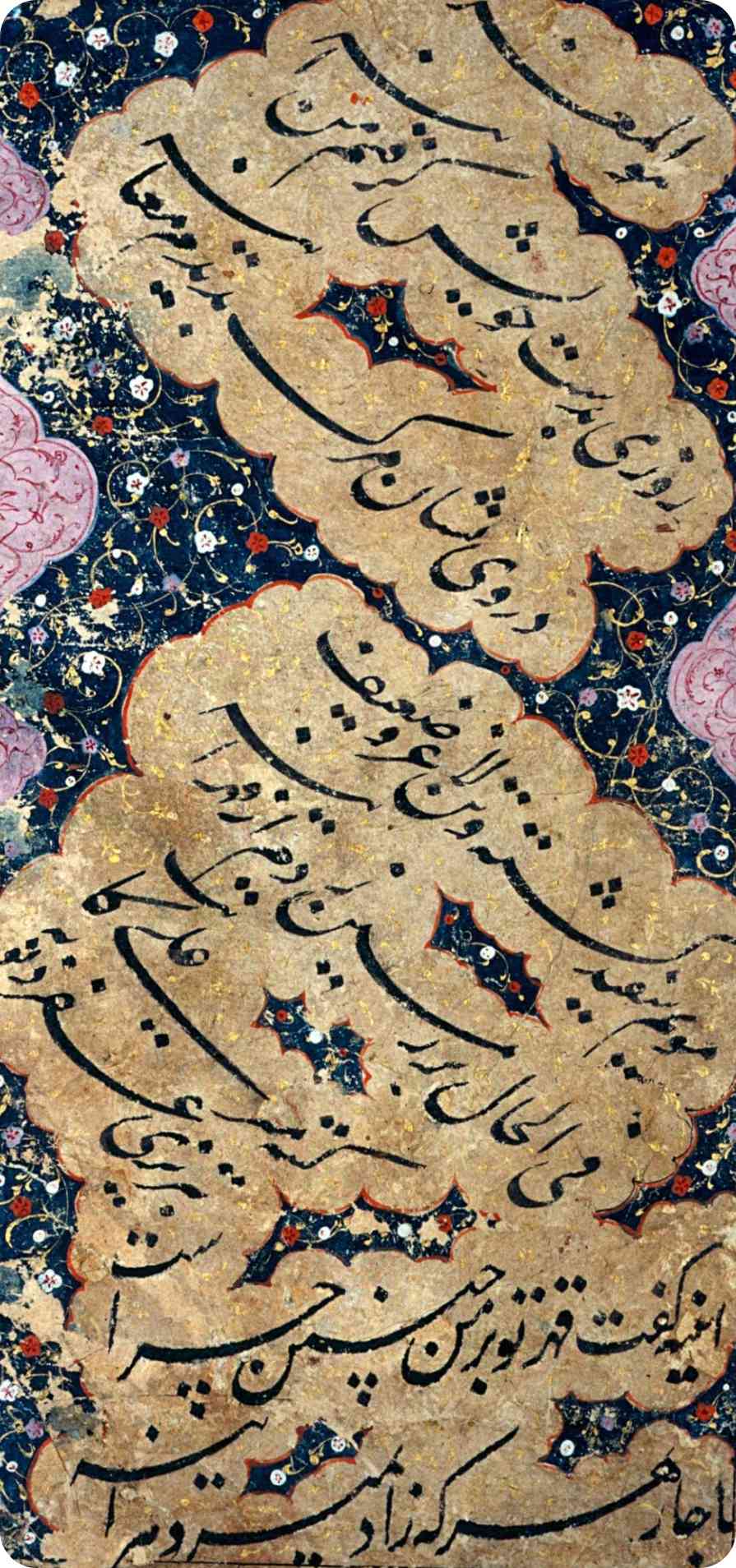
Mir Ali Tabrizi (Iran, 14th century)
4. Abdur Rahman Chughtai (Pakistan, 20th century)
Moving to Pakistan, we encounter the remarkable works of Abdur Rahman Chughtai, a revered artist and calligrapher. Chughtai is renowned for his modern interpretation of Islamic calligraphy, often incorporating elements of abstraction and experimentation. His innovative approach breathed new life into the traditional scripts, while still preserving their essence. Chughtai’s contribution to the art of calligraphy in Pakistan remains unparalleled.
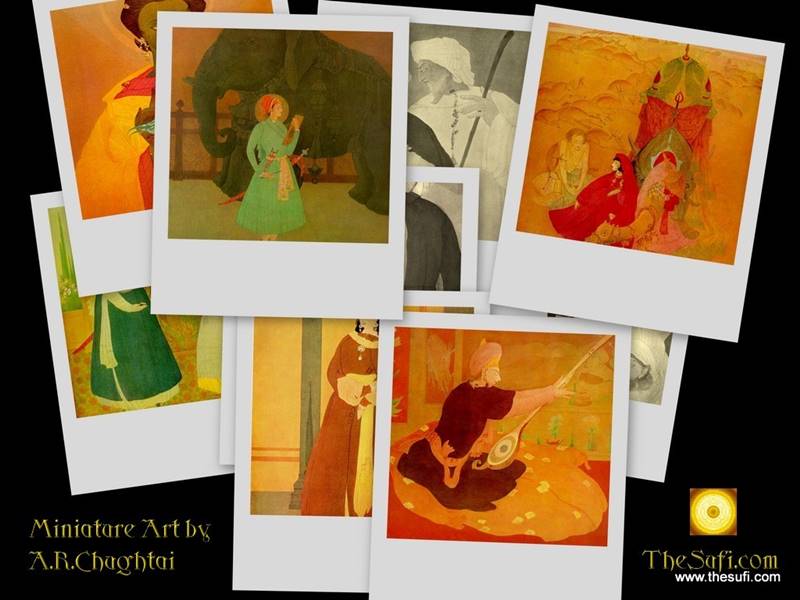
Abdur Rahman Chughtai (Pakistan, 20th century)
Conclusion
The art of Islamic calligraphy has traversed borders and influenced countless cultures, from the Middle East to India and Pakistan. The calligraphers mentioned in this article represent just a fraction of the rich heritage and diversity within this art.
